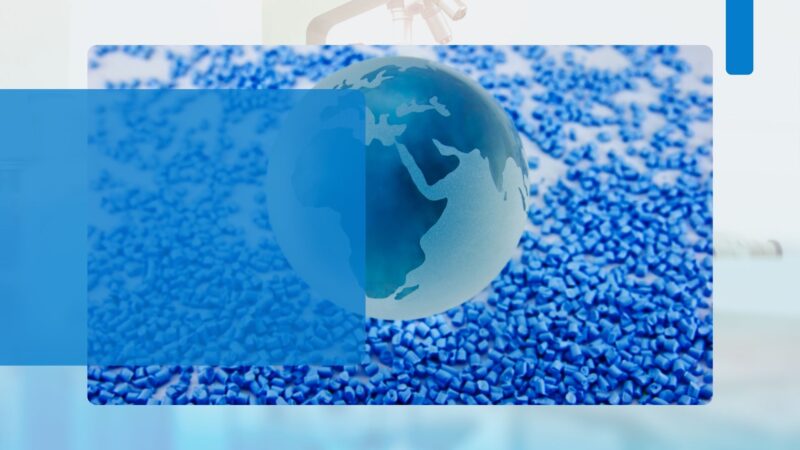Resilience in pharmaceutical manufacturing isn’t just about recovering from disruption—it’s about building systems that adapt under pressure, scale under demand, and comply under scrutiny. While newer technologies draw headlines, wet granulation continues to play a central role in enabling robust, versatile, and regulation-ready operations.
This article explores how wet granulators—when deployed strategically—can enhance the resilience of pharmaceutical manufacturing environments facing rising complexity, market volatility, and stricter compliance requirements.
Why Wet Granulation Still Matters
Wet granulation has long been the default method for improving the flow, compressibility, and uniformity of solid dosage formulations. Yet in the context of today’s resilience mandates, its value extends well beyond its traditional role.
The modern wet granulation process, when engineered correctly, offers:
- High formulation robustness across diverse APIs
- Greater tolerance to variability in raw materials
- Better scalability from development to commercial scale
- Strong regulatory familiarity and validation precedent
- Broad compatibility with PAT and digital QbD frameworks
For manufacturers navigating increasing product complexity and global regulatory oversight, these factors combine into a powerful argument for wet granulation as a cornerstone of resilient production.
How Wet Granulation Enhances Manufacturing Resilience
1. Formulation Adaptability Under Pressure
Wet granulation can accommodate poorly compressible APIs, high drug load formulations, and excipients with variable flow properties. This formulation flexibility is critical in scenarios where:
- Raw material sources are disrupted
- Bioequivalence requirements change late in development
- Product line extensions require rapid formulation tuning
By enabling tighter control over particle size, porosity, and granule density, wet granulators support process consistency even when input variability is high.
2. Scale-Up Continuity and Predictability
In a resilience context, scale-up is not just a technical requirement—it’s a risk vector. Failed scale-up leads to batch rejection, regulatory delays, and lost market opportunities.
Wet granulation benefits from decades of scale-up know-how, with well-established scale-down models, validated equipment trains, and process design space definitions. This de-risks commercial launch and tech transfer across geographies or CDMOs.
Many modern granulators also support inline endpoint monitoring (e.g., torque, power consumption, NIR spectroscopy), making them compatible with adaptive scale-up strategies and quality-by-design approaches.
3. Integrated Drying and Material Handling Options
Resilience also means faster recovery from interruptions—whether planned (batch changeover) or unplanned (equipment failure). Wet granulation lines with integrated or nearby fluid bed dryers enable:
- Shorter time-to-dry cycles
- Rapid product transfer
- Closed-loop handling for potent or sensitive APIs
This integration simplifies operations, reduces material movement risks, and accelerates batch turnaround—especially critical in multi-product facilities or during surge production periods.
4. Regulatory Familiarity and Validation Leverage
Wet granulation remains one of the most understood and accepted processes by regulators globally. For companies aiming to accelerate market entry across multiple regions, this validation maturity becomes an operational advantage.
Unlike some newer or less familiar granulation methods, wet granulation rarely triggers extensive regulatory scrutiny or rework, especially when supported by historical data and site precedents.
5. Compatibility with PAT and Digital Manufacturing
Modern wet granulators can be enhanced with advanced sensors and process analytics that measure moisture content, torque, granule growth, or endpoint control in real time.
These capabilities align with digital manufacturing goals, enabling predictive quality management, batch traceability, and faster deviation resolution—key pillars of a resilient operational architecture.
Strategic Considerations for Deployment
To maximize the resilience benefits of wet granulation, pharma teams should:
- Design the granulation area for modular upgrades (e.g., adding PAT or advanced controls)
- Ensure integration with dryers is streamlined and contamination risks are minimized
- Consider semi-continuous or hybrid models that offer speed without full platform shifts
- Build a flexible cleaning validation protocol to handle diverse product categories
- Maintain formulation libraries that allow rapid changeover or adjustment during shortages
A Proven Technology, Reimagined for Agility
Wet granulation is not a legacy method—it’s a legacy asset. When modernized with PAT, integrated drying, and scalable controls, it becomes a foundational element of resilient pharmaceutical manufacturing.
Rather than viewing wet granulation as fixed or inflexible, forward-looking manufacturers are reframing it as a platform technology—a reliable backbone for diverse portfolios, rapid scale-up, and regulatory-ready operations.
In times of unpredictability, proven technologies—when deployed with insight—often offer the most stability. Wet granulation is one of those anchors: time-tested, flexible, and ready for what’s next.






